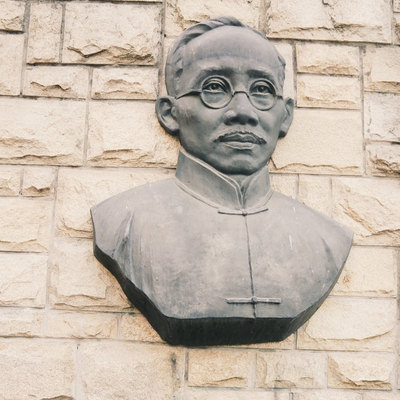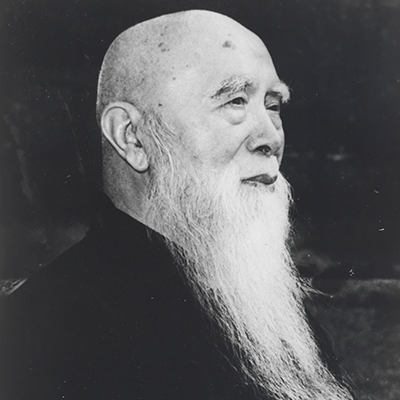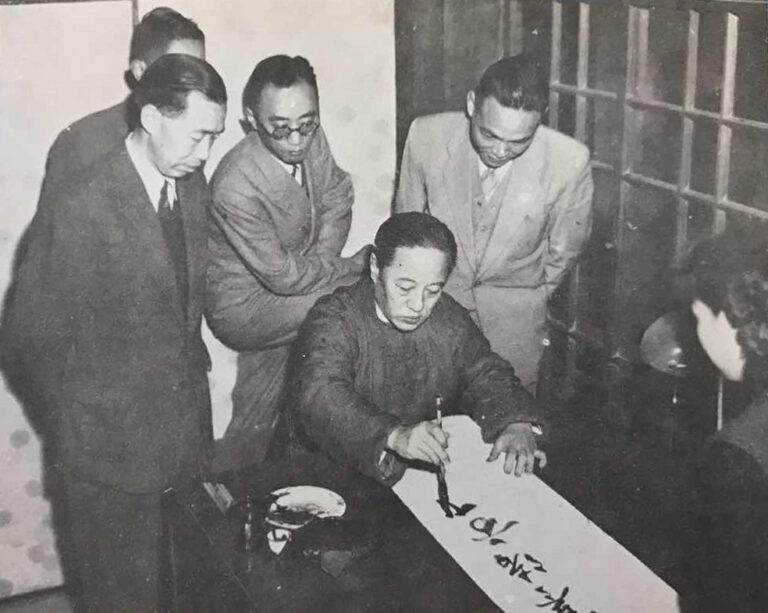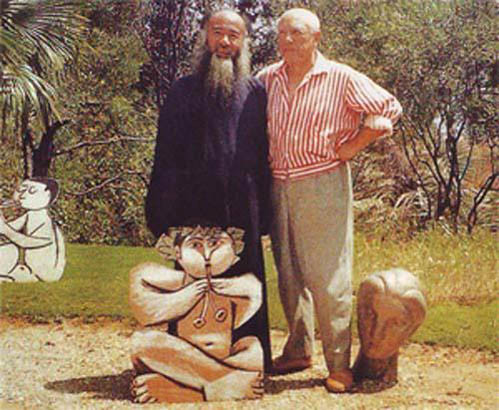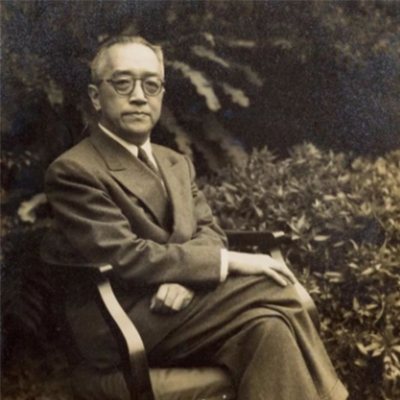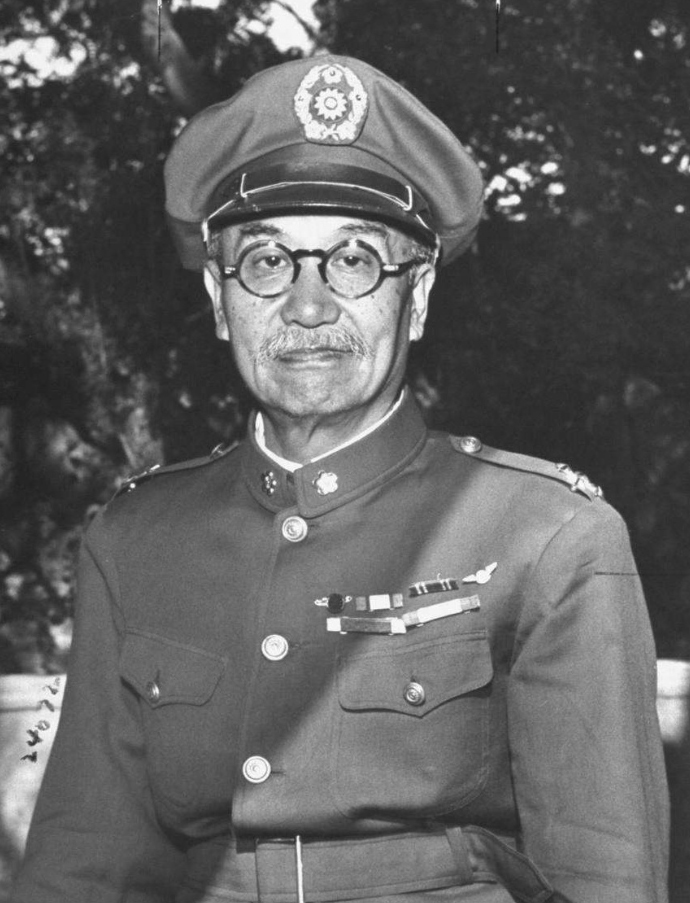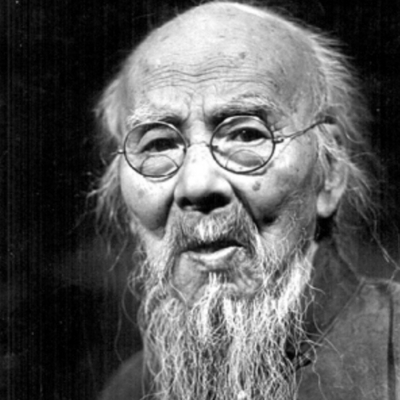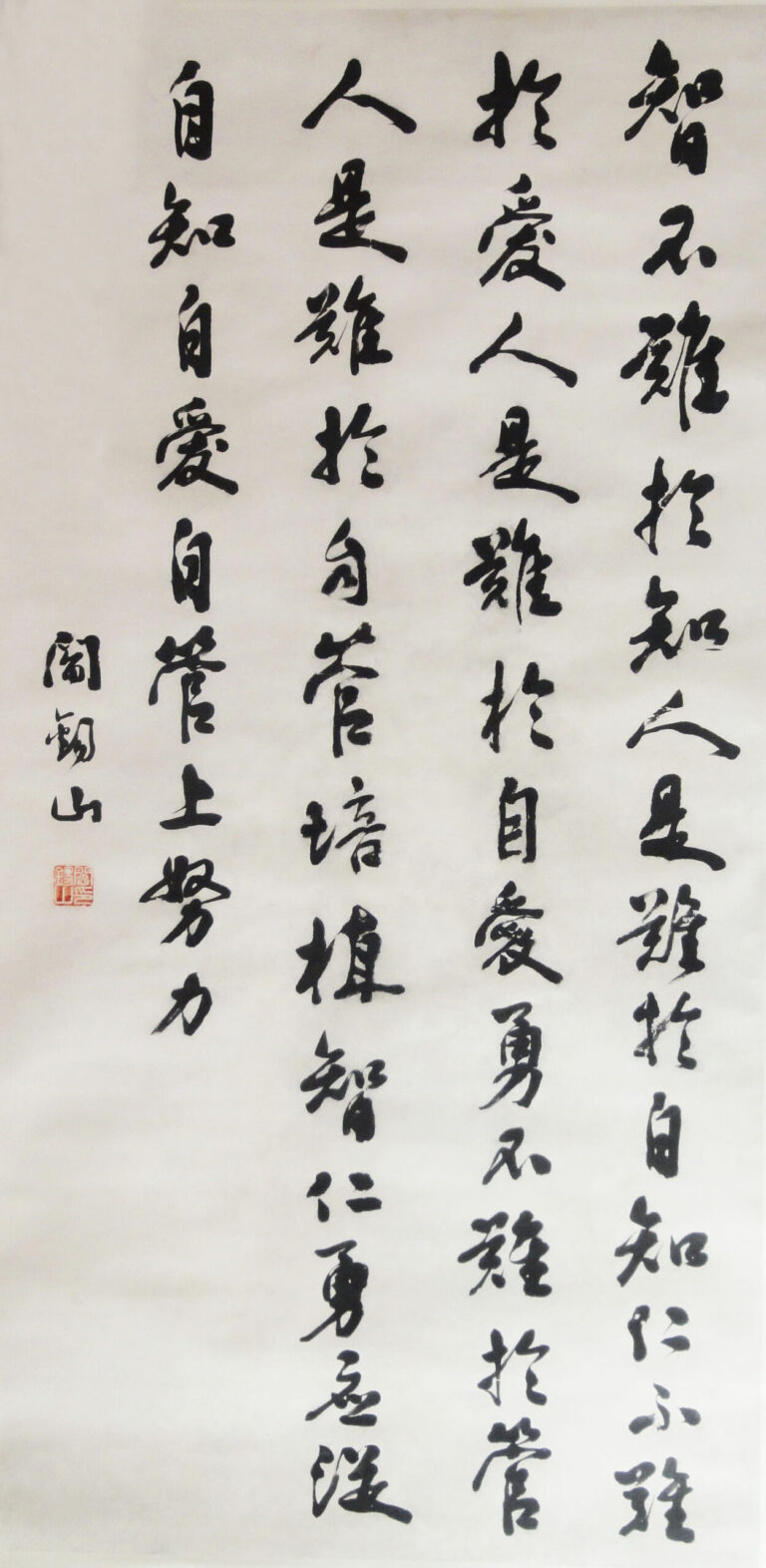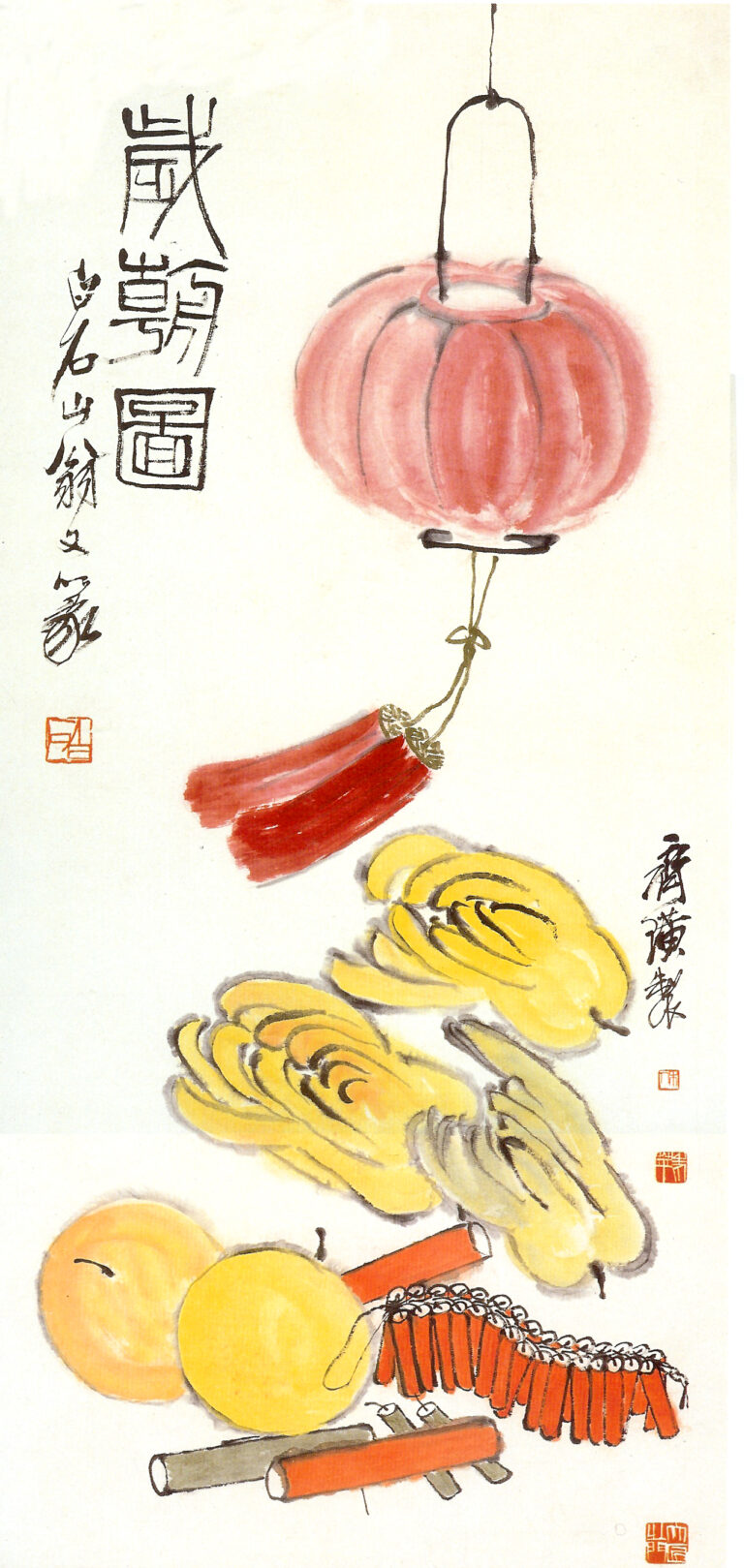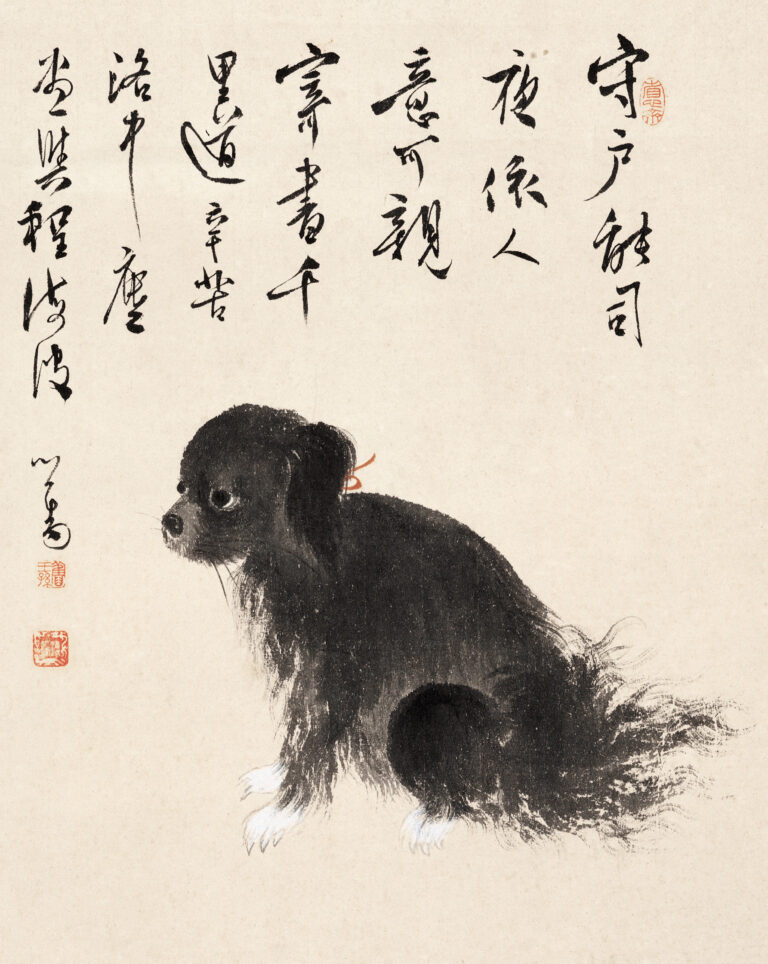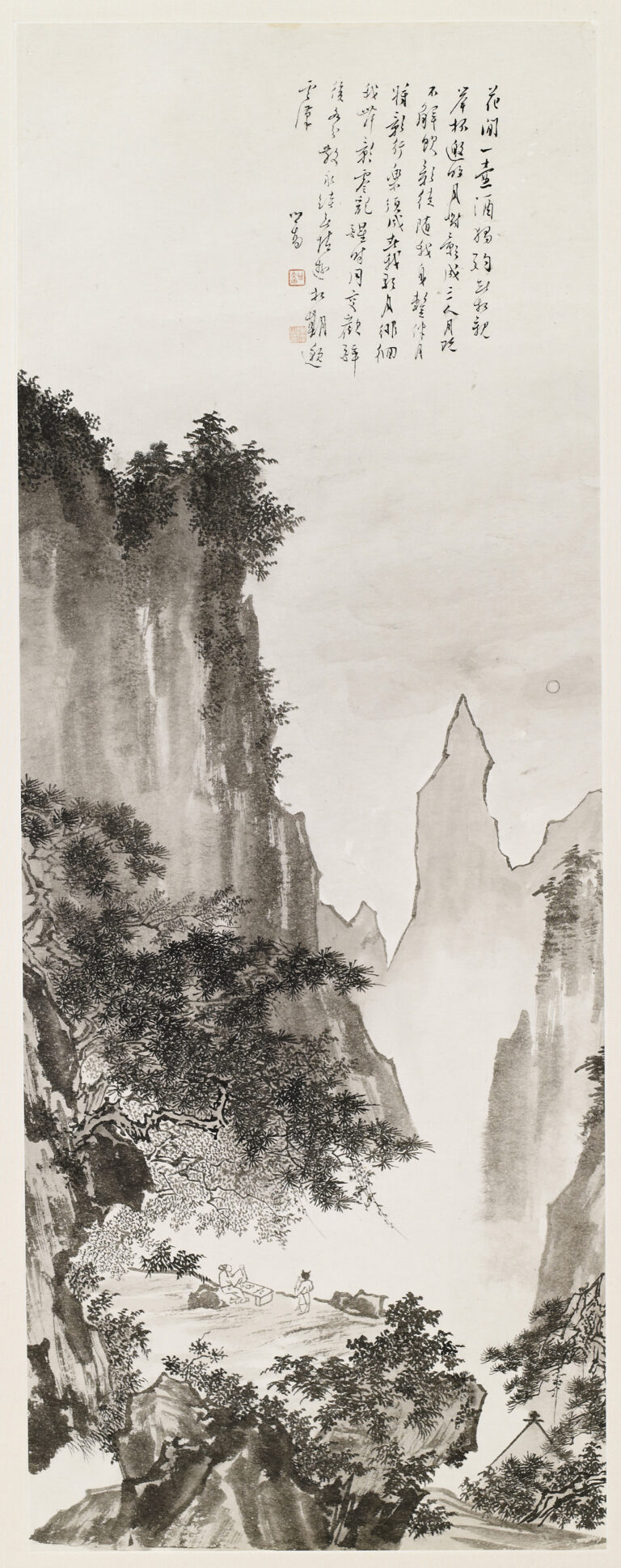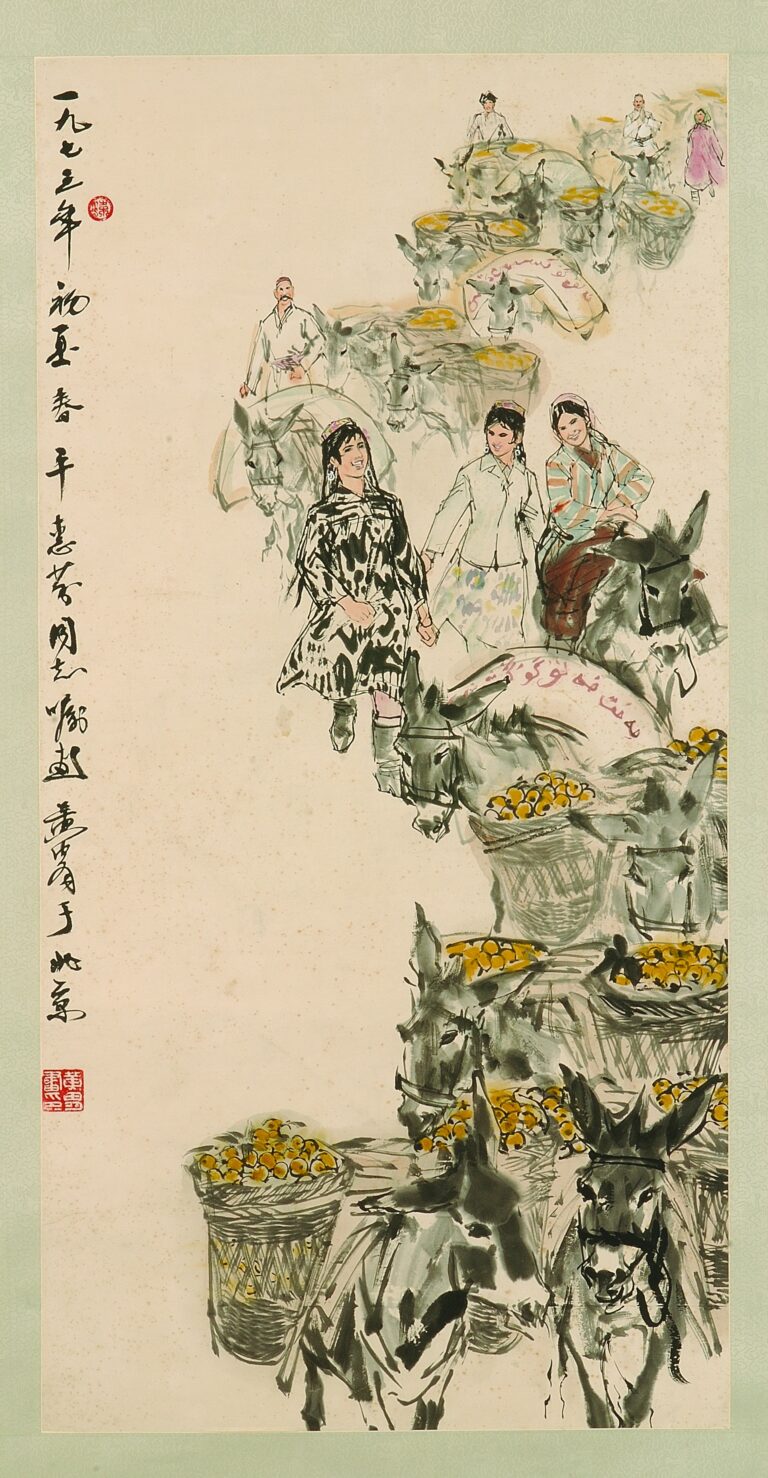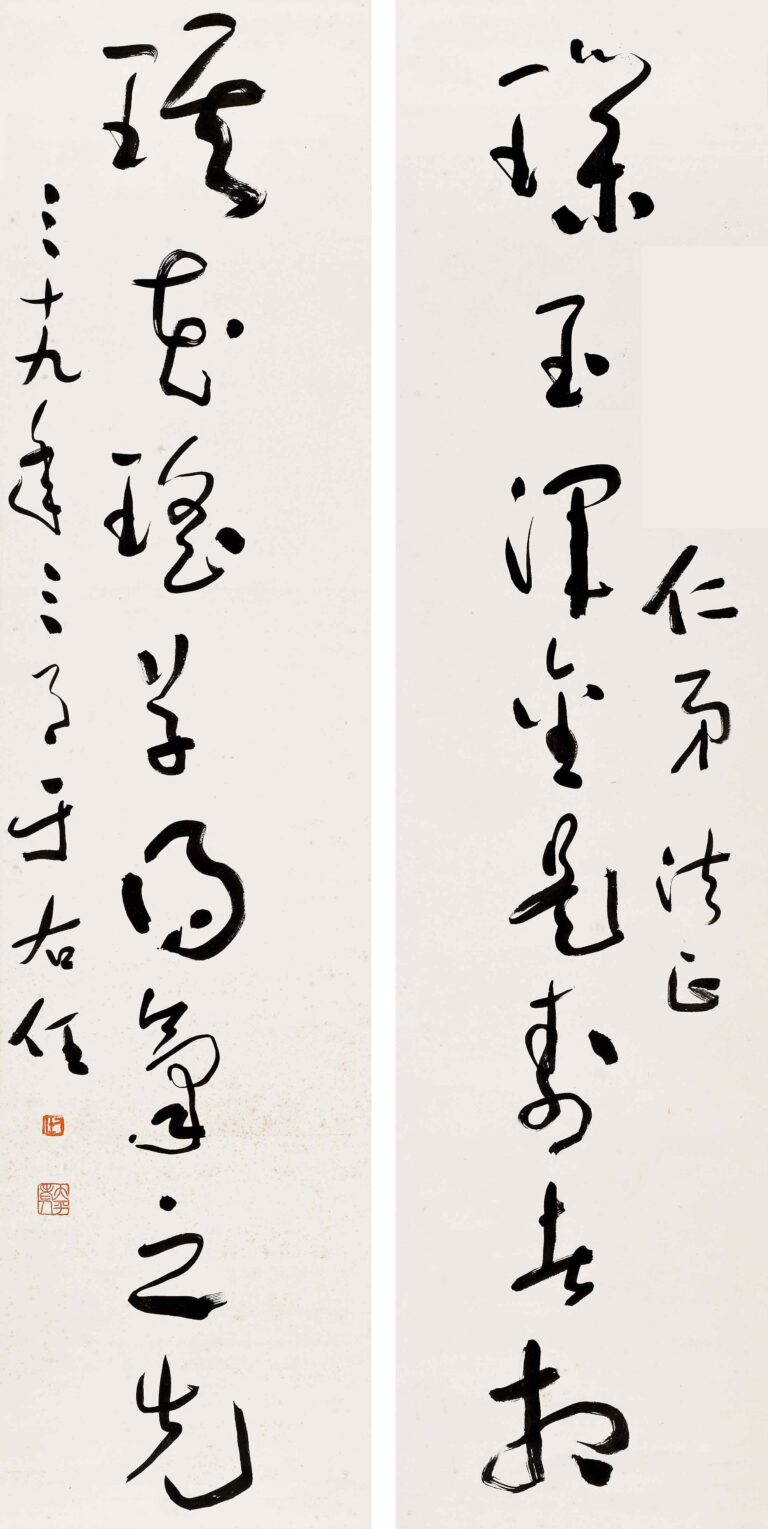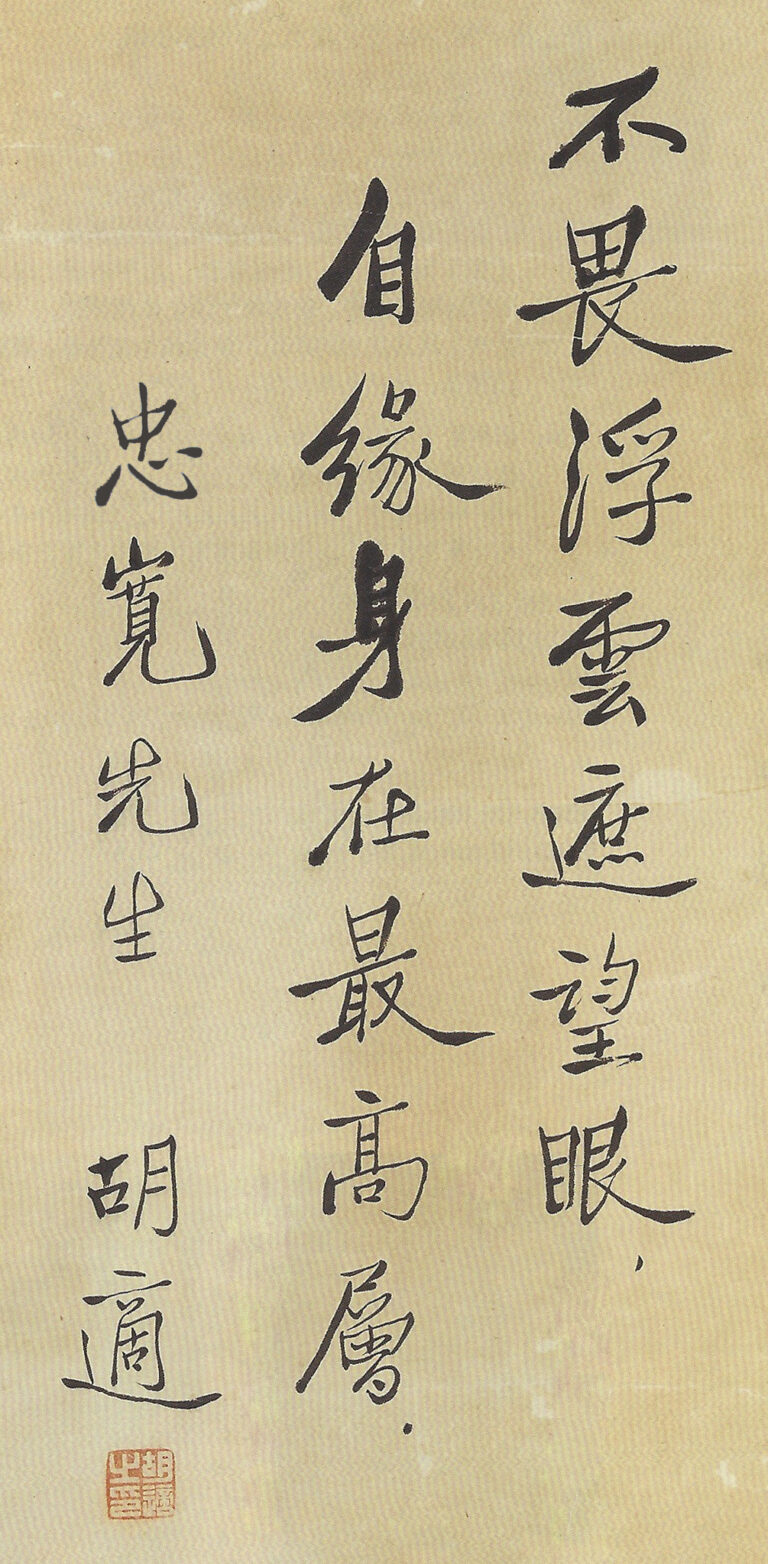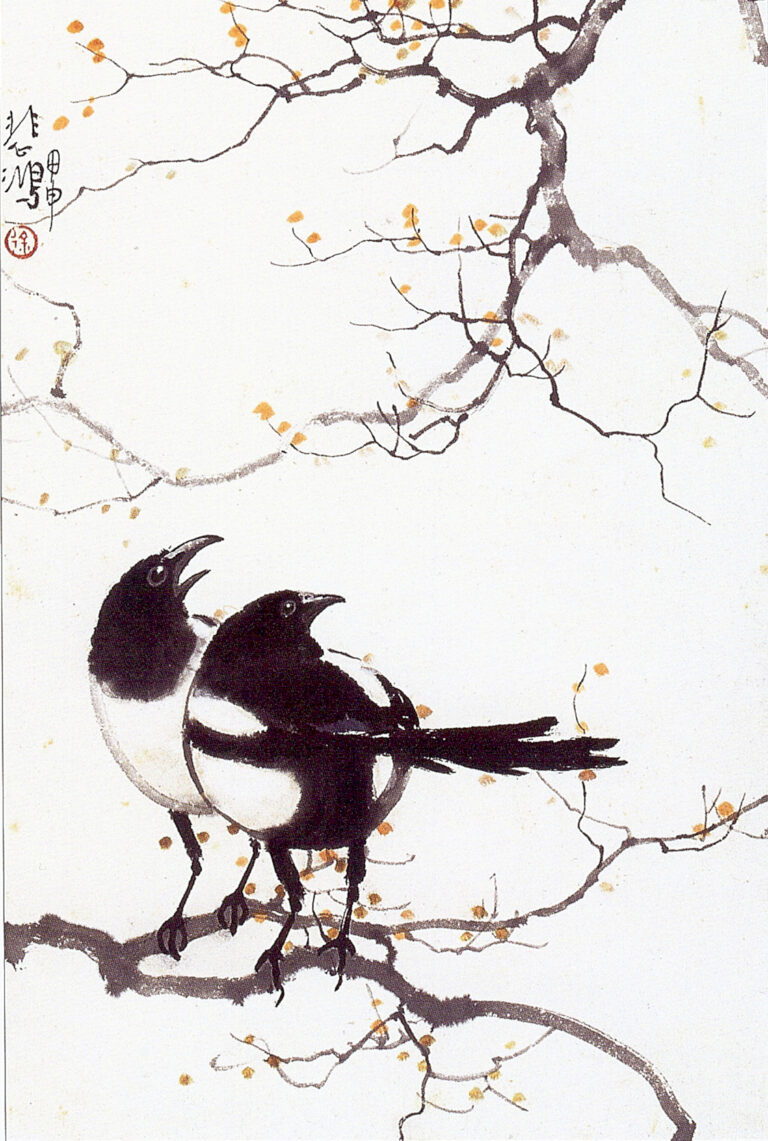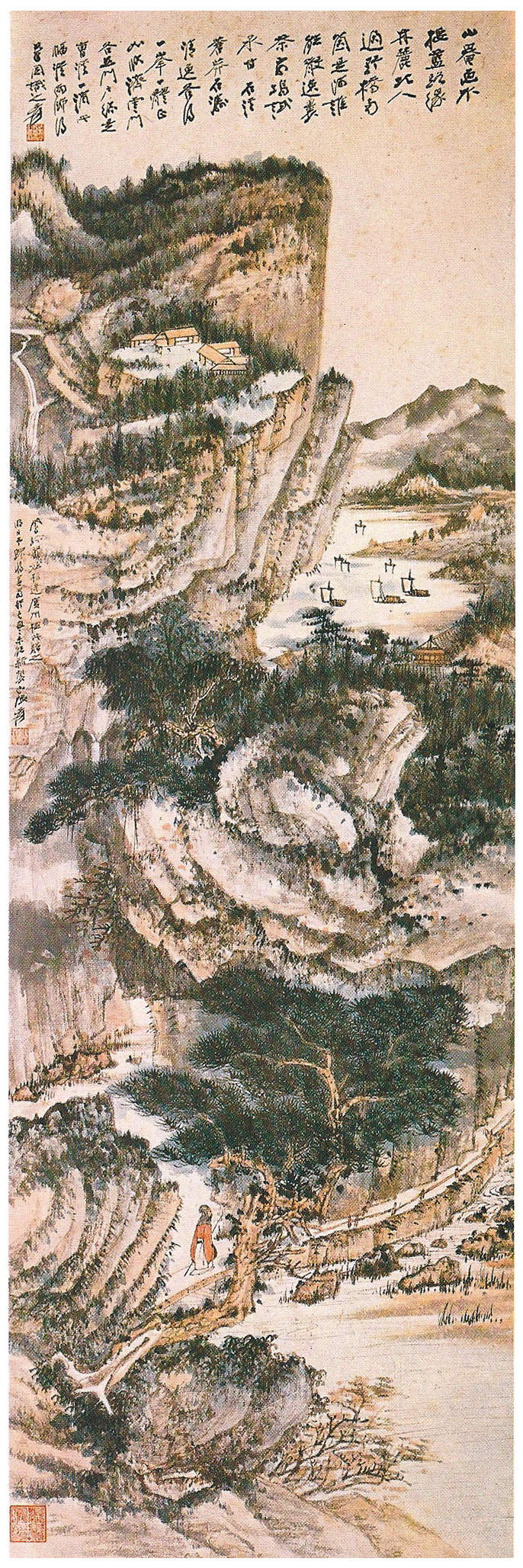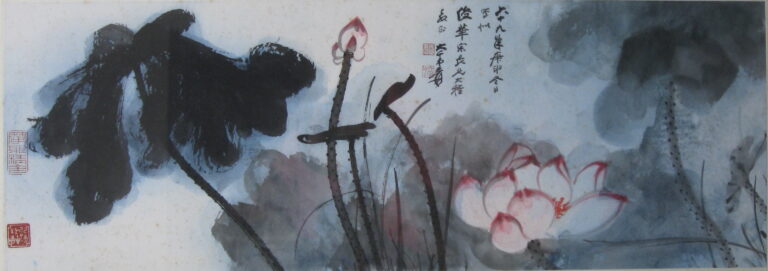1. Teenagers and school years in the turbulent wind and rain
Cai Yuanpei, the character Heqing, also known as Zhongshen, Minyou, and Yumin. Born in Shaoxing, Zhejiang in 1868, his family is poor but very bookish. Since he was a child, he has been exposed to the classics of local colleges and universities. He loves reading, especially ancient classics. As a teenager, he had a long-term ambition and continued to cultivate his writing. At the age of fifteen, he was admitted to the Xiucai High school entrance examination, and then successively entered the Jinren and Jinshi. He can be described as a young talent and a well-known literary name.
When he was young, his education and cultivation were solid and extensive, and he had an in-depth understanding of classical Chinese poetry, calligraphy and painting. This period of deep accumulation of traditional culture has become the ideological foundation for him to promote educational reform and advocate academic freedom in the future, and it has also deeply influenced his later style and aesthetic orientation in painting and calligraphy creation.
2. Study abroad and Revolution: the Turning Point of Ideological Agitation
In 1898, Cai Yuanpei studied abroad and went to Germany and France successively, focusing on philosophy, literature, aesthetics, psychology and cultural history. His experience and knowledge in the West have greatly expanded his understanding of modern civilization and education system, and put forward deep reflections on Chinese traditional culture.
During his study abroad, he actively participated in the anti-Qing revolutionary activities and joined the League of Nations, becoming one of the important agents of the democratic revolution. The trip to Europe made him deeply realize the value of “academic freedom”. This open-minded attitude later became his fundamental belief in governing Peking University and promoting the school ethos of “inclusiveness and freedom of thought”.
3. The rise of the educator: the founder who presided over the modern education system
After Cai Yuanpei returned to China, he devoted himself to the torrent of anti-Qing revolution and educational reform. In 1912, with the success of the 1911 Revolution, Cai Yuanpei became the first chief of education of the Provisional Government of the Republic of China, creating a new chapter in the modern Chinese education system. He presided over the promulgation of the “University Decree”, established the prototype of the modern university system, and put forward the concept of “five education at the same time” that "military and national education, utilitarian education, civic morality education, worldview education, and aesthetic education cannot be abandoned", which laid the theoretical foundation for the later development of education.
These educational concepts not only reflect his deep cultural heritage, but also demonstrate his outstanding vision of integrating China and the West and advancing with the times. Cai Yuanpei believes that education should cultivate new types of talents with independent personality and world vision. This proposition was of great enlightening significance at that time and even today.
4. Innovating Peking University: an Inclusive Academic Spring
In 1916, Cai Yuanpei was appointed President of Peking University. At that time, Peking University was in a turbulent situation, with academic desolation and many factions. After Cai Yuanpei took office, he quickly carried out a series of unprecedented reforms: he proposed “freedom of thought, inclusiveness and inclusion”, and recruited Chen Duxiu, Hu Shi, Lu Xun, Li Dazhao and others, the standard-bearers of the new cultural movement, to lecture on campus, creating a new atmosphere of “academic independence and open-minded” at Peking University.
Under his leadership, Peking University became the birthplace of the New Cultural Movement and the cradle of modern Chinese thought. These years have also become the golden age when Cai Yuanpei's personal academic and artistic temperament is the most shining.
V. Academia Sinica and the Construction of the Cultural System
In 1928, after the national government laid the foundation of Nanjing, Cai Yuanpei became the dean of Academia Sinica, focusing on promoting academic research and cultural construction. During this period, he actively organized the establishment of the Central Museum (that is, the National Central Museum, the predecessor of the National Museum), and served as the first chairman of the board, dedicated to the collation and research of Chinese cultural heritage, so that traditional culture can be reborn in modern society.
Until his death in 1940, Cai Yuanpei always promoted the modernization of education and academia with a magnificent cultural vision, achieving his image as a “cultural master among educators”.
6. The art of calligraphy: the thick and elegant style of Han Mo
Cai Yuanpei's calligraphy, just like his personality and cultivation, is both rigorous and upright, but also contains the aura of a book. He has been in the pool since he was a child, and he has deep attainments in steles and ancient law, especially in regular script and running script. His calligraphy style was born out of the stagnation of the imperial examination style of the Qing Dynasty, and his strokes had a rhythm of natural flow and ups and downs.
Experts believe that Cai Yuanpei's calligraphy can sweep away the shackles of the old school, the thickness of the lines changes freely, and the structure is flexible and upright. It combines the strength of the north tablet with the gracefulness of the south post, reflecting the artistic realm of “the book carries the way, and the words are like other people.”
7. Painting feelings: the Natural Expression of literati painting
Although Cai Yuanpei's paintings are not as well-known as his calligraphy achievements, he loves the freehand feelings of literati painting deeply. He often uses ink to express the interest of flowers, birds, and landscapes. His painting style is elegant and refined, which is side by side with his “view of culture from a broad perspective”.
He believes that painting should be like an article, expressing the sincerity and purity of the inner world. This concept of ”the same origin of calligraphy and painting, teaser with pen" makes his paintings, although they are not carved, they have a kind of elegant beauty that is transcendent.
8. Representative calligraphy and painting works and cultural values
In terms of calligraphy, Cai Yuanpei is most famous for "Linyan Zhenqing's Many Pagodas", "Self-written Poems", "Running Script Banners", etc., you can see his thick, simple, and freely paced Fengshen. His calligraphy and pen see the spirit, and there is cultural accumulation and philosophical sinking in the vertical and horizontal lines.
In painting, his "Mo Mei Sketches", "Lanzhu Qingqu", etc., are simple and light in ink, full of bookish aura. Although these works are mostly improvisations, they all reflect Cai Yuanpei's artistic mind that advocates nature and pays attention to truth.
These paintings and calligraphy works are not only a reflection of Cai Yuanpei's personal soul, but also a visual extension of his educational thought of “inclusive, inclusive and inclusive”. They have rare historical and cultural value in today's collection market and academic research.
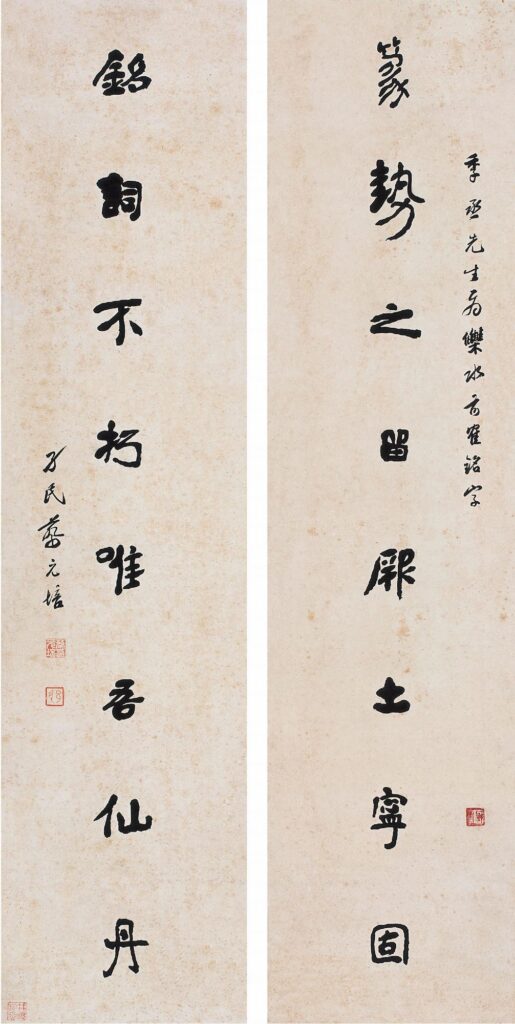
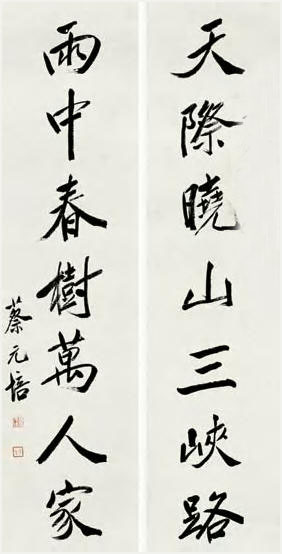
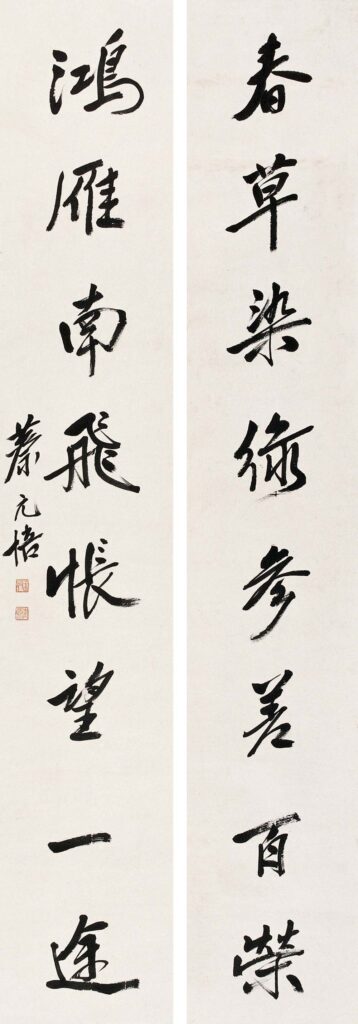
9. Old age: calm indifference and eternal demeanor
In 1933, Cai Yuanpei initiated the establishment of the National Central Museum and personally served as the chairman, demonstrating his great importance to the preservation of national culture. Even in his later years, he still kept writing and lecturing, showing the “endless learning” style of an educator.
In 1940, Cai Yuanpei died in Hong Kong at the age of 72. Although he passed away, his Han Mo Danqing became an eternal reflection of his spiritual world and a model that future generations will always admire.
10. Conclusion and sincere invitation: Collecting the literati style of Cai Yuanpei's calligraphy and Painting
Cai Yuanpei's life was a perfect symphony of educators, revolutionaries, scholars, and artists. His calligraphy and painting are not only the spiritual portrayal of a generation of literati, but also the visual embodiment of the ideals of modern Chinese culture. These works of pen and ink, as if they have spanned a hundred years of time and space, still exude a warm and firm force. Dehuatang sincerely invites the collection of Cai Yuanpei's calligraphy and painting masterpieces to feel the spiritual style of this cultural master who has “deep learning and cultivation, both pen and ink are excellent”. We provide professional calligraphy and painting appraisal and high-price acquisition services, and we are willing to work with you to protect and inherit the endless light of this cultural giant.
If you need to know more, please feel free to contact us at any time to witness the eternal style and academic feelings between Cai Yuanpei's pen and ink.
